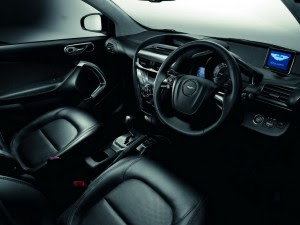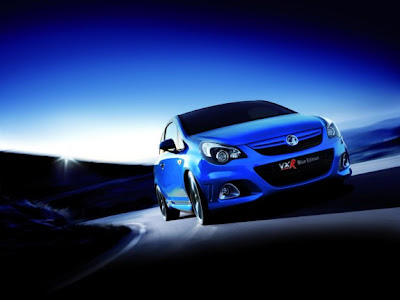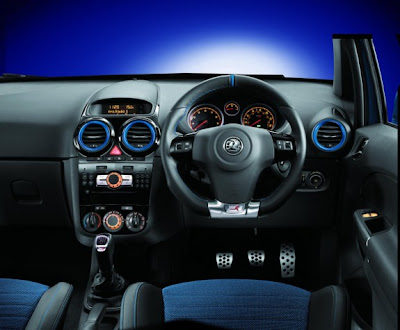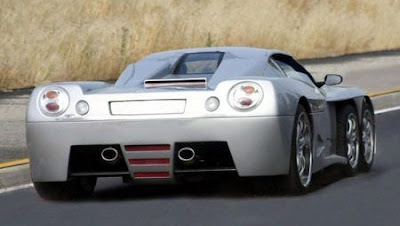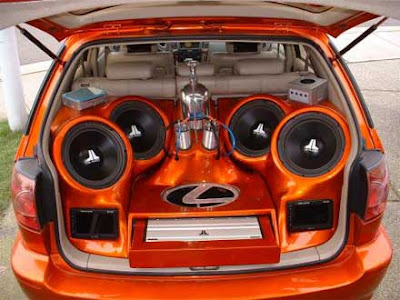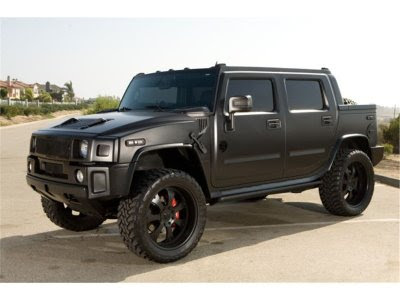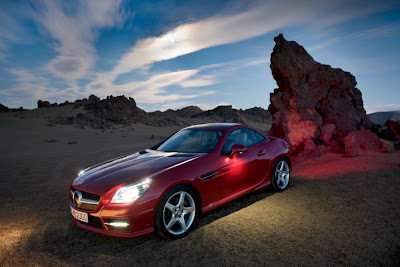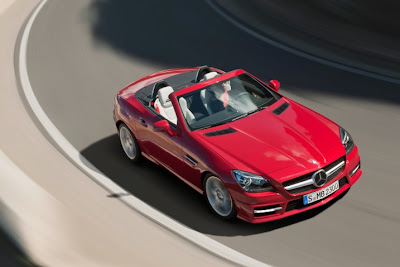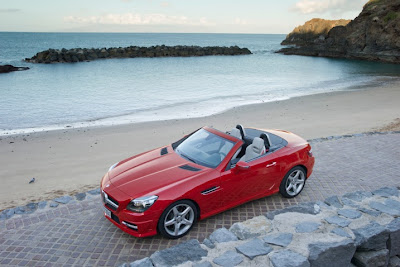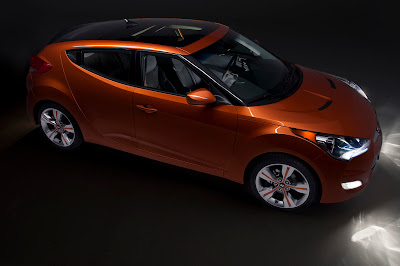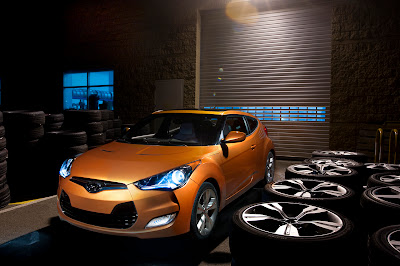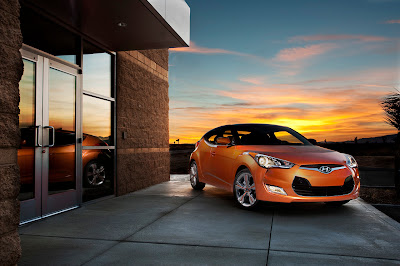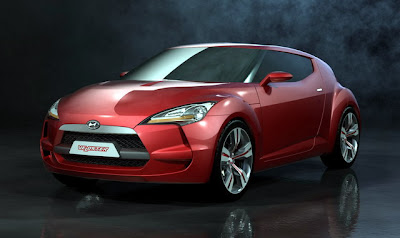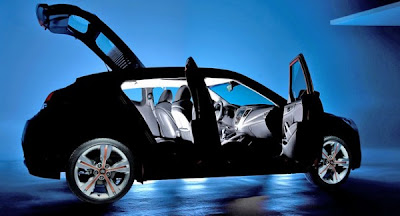This is the news from the Lake Wobegon car show, where all the vehicles look beautiful, all the engines are low-emission, and all automotive managers are above average. No wait, this is Geneva, probably the world’s most important car show. The rest of the opening sentence is true, though – at least, that’s what public relations would have you believe.

Let’s start, for no particular reason, with Porsche. Here’s something akin to a Porsche joke. The majority opinion among journos is that the new Cayenne has a “Korean-car’s butt”, in other words a generic, nondescript appearance. Ask a Porsche guy about it and in the unlikely case he’ll answer your question (I posed it in the most polite terms possible, so he did), he’ll say they redesigned the rear end to appeal more to Chinese tastes. This, from an Austrian-sounding fellow… What else is there to say about the new Cayenne? Well, it weighs less than before, and has a grand total of 52 buttons on the dashboard, which at least proves that Porsche isn’t listening to Jack Baruth.
I’d like to say something about the new VW Touareg, and if ed(itor) Ed forced me to, I’m sure I could (but he didn’t, so I won’t). The thing is, the Touareg is not so much a car as it is a cash cow for VW; if TTAC was about car industry finance, there’d be a lot more to report. In other news from Geneva, VW is forcing its staff to wear Rupert Pupkin suits, which they do like champs. And VW is showing the Polo Cross. Don’t laugh: you’d be cross too if they forced you to wear stilts.

Everybody in Geneva’s swarming around the Audi A1. I wanted to scream: settle down everybody, it’s just a Polo in drag! It brings to mind a recent mini-scandal whereas it was uncovered that BMW briefs its dealers to say: “Vorsprung Durch Technik is dead — there has been no technical innovation at Audi since 1997″. On the other hand, I like the clambshell styling of the A1, since it reminds me of NSU’s of a time long gone.
Skoda is another successful brand within the VW empire; it used to be about excellent value for money. So I was surprised to see the Fabia Combi RS. It’s a superhot very small station wagon. So, station wagons have come full circle? A long time ago, they were utilitarian but rough vehicles that made children and dogs vomit. For a while, they were family-friendly; apparently it’s back to making life uncomfortable for passengers again.

Speaking of family-friendly, I was prepared to diss the Opel Meriva: who really needs suicide doors? (Except for a suicidal, of course). But then I got into the Meriva on display and thought of some old people I know. My verdict: it really does make a difference. Opel claim is easier entry and egress, but here is another additional advantage I can think of: the front-hinged door probably makes it a lot easier to install a child seat. One more definite plus: minimization of potential harm to a bicyclist. I know several bikers who were hospitalized after hitting a suddenly-opening car door. Make the door open the other way, and the biker just hits the flat steel surface.
So kudos to Opel, and good luck. (See, we can write nice things about GM!)
What is wrong with Mazda? The new 5 looks like a Ssannggyyonng, for crying out loud. Just compare the rear of the 5 to that of the Rodius and you’ll see what I mean. The 5′s front is all zoom-zoom smiley while the sides try hard (with little success) to integrate the swoopy-creasy stuff we’ve seen on many a recent Mazda concept car. Next!
The Mitsubishi ASX, as a smartly-styled CUV based on the Lancer, could be a pointless exercise but at the planned low price point of 18.000 Euros, it looks like very good value for money.
Admittedly, it will be undercut by
the Dacia Duster (cue to Plymouth fans: start to weep). The Duster is interesting for two reasons. Firstly, it is the first Dacia that does not have an utterly depressing interior. Secondly, it offers a new take on the CUV biz. The CUV formula is usually simple: take a car, put it on stilts and add 4WD, = charge a steep price premium. Dacia does that too — but the price is still super-low! (Net, in Europe, probably less than 14k Euros). Does it make any sense at all? Strangely, it does: the Duster looks OK from a few yards away, all Dacia’s drive well under speeds of around 80 mph, and off-roaders are not about having the most modern high-tech anyhow.

Dacia belongs to the Renault Group, which you wouldn’t guess if you saw the Renault Gordinis here in Geneva. I like old European sporting brands such as Abarth, Gordini and AMG — who doesn’t? The first two are presently being awaken from a long slumber, and make special driver’s cars that are more aggressive, have more bite and rasp, than other hot hatches. Do they fit into the present day, where every family car has sporting pretensions? I think so.
Another new Renault is the Wind, a small, two-seater droptop. Jeremy Clarkson will probably say it’s a bit Ginger Beer but since four-seater cabrios are torture to the rear passengers, and the Wind has an ingenious, simple roof construction, I give it a thumbs-up.
Back to CUVs.The Mini Countryman is another roomy, surprisingly useful new car. I made myself comfortable in the front, then got out and sat in the back, and could swing one leg over another — that’s how spacious it is. Headroom is excellent too. It even looks good (if you like the way Minis look). From a pure packaging point of view, the Un-mini comes close to the brilliance of the (forgotten with justification) Austin Maxi. I’d probably feel silly driving a Minimax, but then, I’m not a soccer mom. I’d probably feel silly paying the hefty premium a Mini commands — but I’m cheap.
Immediately after sitting in the Countryman, I hit my head when I tried to board an Alfa Romeo Giulia. Holy cow, what a triumph of style over just about everything else. It looks very impressive on the inside (if slightly anodyne from the outside), but I had to crook my neck to sit in any of the four seats. Giulias of yore were angular, looked contemporary even after being built for a dozen years, and were both functional and sexy. One might ask, does big man Sergio Marchionne ever find the time to sit in one of his new cars?
Indeed, I could have asked him that, because soon after he arrived at the Fiat booth to give a bear hug to John Elkann. Both Sergio and the Fiat heir presented Fiat’s new two-cylinder, turbocharged, camless engine. Multi-air is a real advancement and I personally cherish two-cylinder cars. But beware of a company that develops revolutionary technology but can’t install reliable cam belts.
No, it’s not the photographer’s fault: the Nissan Juke looks like an insect. It gets even worse (really?) when you see the rear three-quarter view: there is this bulge, and there is this giant gap between the wheel and the fender. They say SUV drivers unconsciously dislike beauty; if this car is a success then I will agree with them.
The new Infiniti M also has bulges, but looks elegant. A spokesguy told me the headlights were inspired by “kabuki eyes” and that the general shape was “kinda futurist-hippie”, but then bit on his tongue and said management would rip his head off if I quoted him. Euros will get Diesel engines, everybody worldwide will enjoy the hybrid versions, and hopefully the M will drive as good as other Infinitis.
The Volvo S60 may not be as good a drive as the Infiniti M, but it is sure a fantastic looker. I had a chat with its designer Oerjan Sterner, who explained that the new car lost its P1800-inspired shoulders to make it appear lower. His brief was to make it the sportiest Volvo of all. But isn’t everybody doing sporty nowadays? Well, the S60 in addition incorporates Volvo brand values — safety and greenness, as it were (and indeed, it has a fantastic electronic system to prevent all collisions with pedestrians at speeds below 25 km/h). So, Volvo means sportiness, safety and greenness. Just like everbody else! But to their credit, one could say that Volvo is above average.
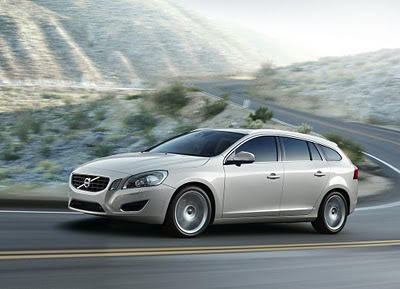 Elegant estate coupe car design technology presented on this official image gallery new 2011 Volvo V60 in metallic paint color exterior design. You simply have to drive this modern city sedan car to appreciate how we have driven chassis development to its pinnacle.
Elegant estate coupe car design technology presented on this official image gallery new 2011 Volvo V60 in metallic paint color exterior design. You simply have to drive this modern city sedan car to appreciate how we have driven chassis development to its pinnacle. Sophisticated luxury car combine with comfort interior design. Volvo’s new sports car wagon is available with an option of two chassis. When cornering, the car’s inner driven wheel is broken, causing more power to be transmitted to the outer driven wheel. The sporty interior of the new Volvo V60 is also the most advanced high-tech environment ever available to a Volvo driver.
Sophisticated luxury car combine with comfort interior design. Volvo’s new sports car wagon is available with an option of two chassis. When cornering, the car’s inner driven wheel is broken, causing more power to be transmitted to the outer driven wheel. The sporty interior of the new Volvo V60 is also the most advanced high-tech environment ever available to a Volvo driver.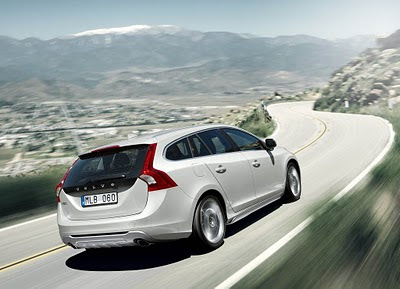 2011 Volvo V60 come with new innovation features Advanced Stability Control technology. Detail specification reviews, tuning car performance are available on first test drive vehicles report. The car engine’s power is delivered to the wheels using Volvo’s second-generation six-speed automatic Gear tronic transmission.
2011 Volvo V60 come with new innovation features Advanced Stability Control technology. Detail specification reviews, tuning car performance are available on first test drive vehicles report. The car engine’s power is delivered to the wheels using Volvo’s second-generation six-speed automatic Gear tronic transmission. he 150 horsepower engine presents 240 Nm of torque. Both turbo diesels are obtainable with a 6 speed automatic car transmission otherwise six-speed manual gearbox. The initial annual target for the new Volvo V60 is 50,000 cars. The new Volvo V60 is built at the Volvo Cars production plant in Torslanda, Sweden. Check the new car 2011 Volvo price list at the market by visit the official Volvo car maker company website.
he 150 horsepower engine presents 240 Nm of torque. Both turbo diesels are obtainable with a 6 speed automatic car transmission otherwise six-speed manual gearbox. The initial annual target for the new Volvo V60 is 50,000 cars. The new Volvo V60 is built at the Volvo Cars production plant in Torslanda, Sweden. Check the new car 2011 Volvo price list at the market by visit the official Volvo car maker company website.

